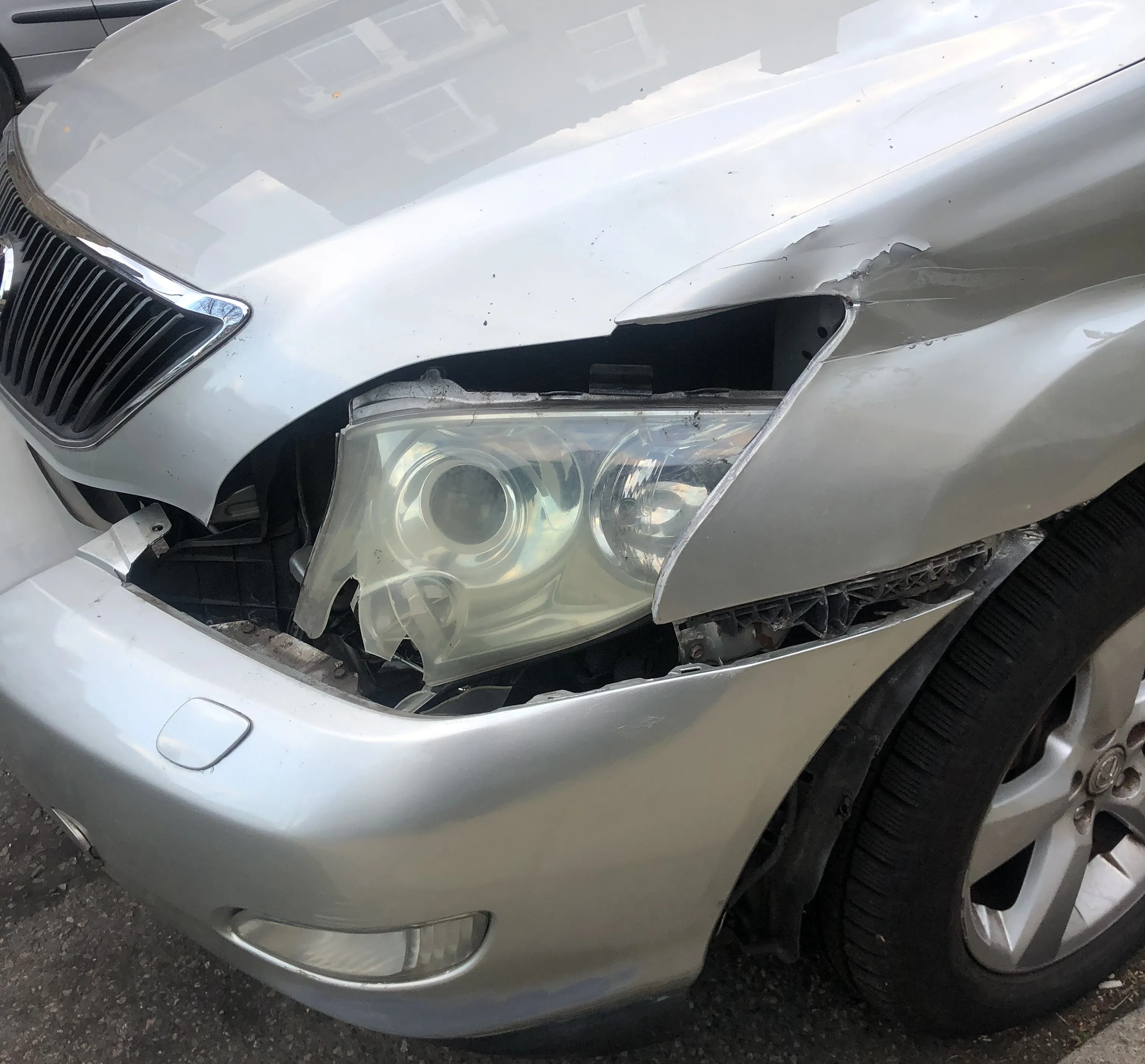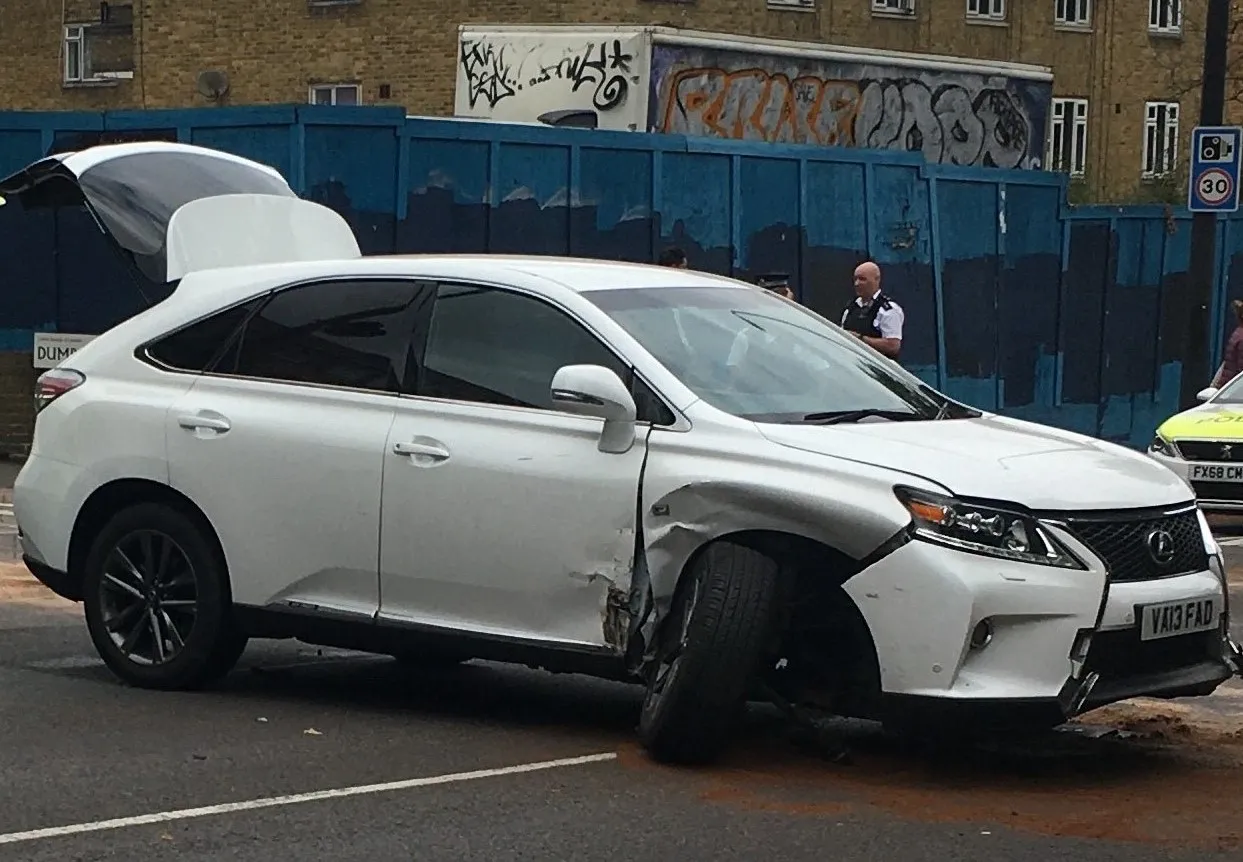American Trucking Associations president and CEO Bill Graves has praised the efforts of the nation's truck drivers, safety directors and law enforcement officers for their contribution to the continued progress in the industry's safety record. "Based on the latest report from the Federal Motor Carrier Safety Administration (FMCSA), fatal crashes involving a large truck have fallen 31 per cent from 2007 to 2009 and crashes resulting in injury have fallen 30 per cent," Graves said following a review of FMCSA'
May 1, 2012
Read time: 2 mins
RSS4795 American Trucking Association president and CEO Bill Graves has praised the efforts of the nation's truck drivers, safety directors and law enforcement officers for their contribution to the continued progress in the industry's safety record.
"Based on the latest report from the4170 Federal Motor Carrier Safety Administration (FMCSA), fatal crashes involving a large truck have fallen 31 per cent from 2007 to 2009 and crashes resulting in injury have fallen 30 per cent," Graves said following a review of FMCSA's 2009 Large Truck and Bus Crash Facts, recently posted on FMCSA's website.
In addition, the report says the large truck fatal crash rate fell to 1.0 crashes per 100 million miles in 2009 from 1.1 crashes per 100 million miles travelled in 2008. Since 2000, the fatal crash rate for large trucks has fallen 54.5 per cent - more than twice as much as the passenger vehicle fatal crash rate, which dropped just 25 per cent - in the same time period.
"These safety gains," Graves said, "are the result of many things; sensible regulation, improvements in technology, slower more fuel efficient driving, the dedication of professional drivers and safety directors as well as more effective enforcement techniques that look at all the factors involved in crashes, not just a select few."
Graves also chided FMCSA for not doing more to share this good news about trucking's safety progress.
"These results deserve to be heralded as tremendous progress and very good news for American motorists, our industry and our industry's regulators. However, FMCSA has chosen not to highlight these important results. By not celebrating this success, the agency is doing itself a disservice. These results are as much an achievement for FMCSA as they are for the nation's trucking industry. We are at a loss on why FMCSA chose not to communicate this final data indicating great safety progress."
While the home page of FMCSA's website makes no mention of the report, a copy of it can be found here.
"Based on the latest report from the
In addition, the report says the large truck fatal crash rate fell to 1.0 crashes per 100 million miles in 2009 from 1.1 crashes per 100 million miles travelled in 2008. Since 2000, the fatal crash rate for large trucks has fallen 54.5 per cent - more than twice as much as the passenger vehicle fatal crash rate, which dropped just 25 per cent - in the same time period.
"These safety gains," Graves said, "are the result of many things; sensible regulation, improvements in technology, slower more fuel efficient driving, the dedication of professional drivers and safety directors as well as more effective enforcement techniques that look at all the factors involved in crashes, not just a select few."
Graves also chided FMCSA for not doing more to share this good news about trucking's safety progress.
"These results deserve to be heralded as tremendous progress and very good news for American motorists, our industry and our industry's regulators. However, FMCSA has chosen not to highlight these important results. By not celebrating this success, the agency is doing itself a disservice. These results are as much an achievement for FMCSA as they are for the nation's trucking industry. We are at a loss on why FMCSA chose not to communicate this final data indicating great safety progress."
While the home page of FMCSA's website makes no mention of the report, a copy of it can be found here.








